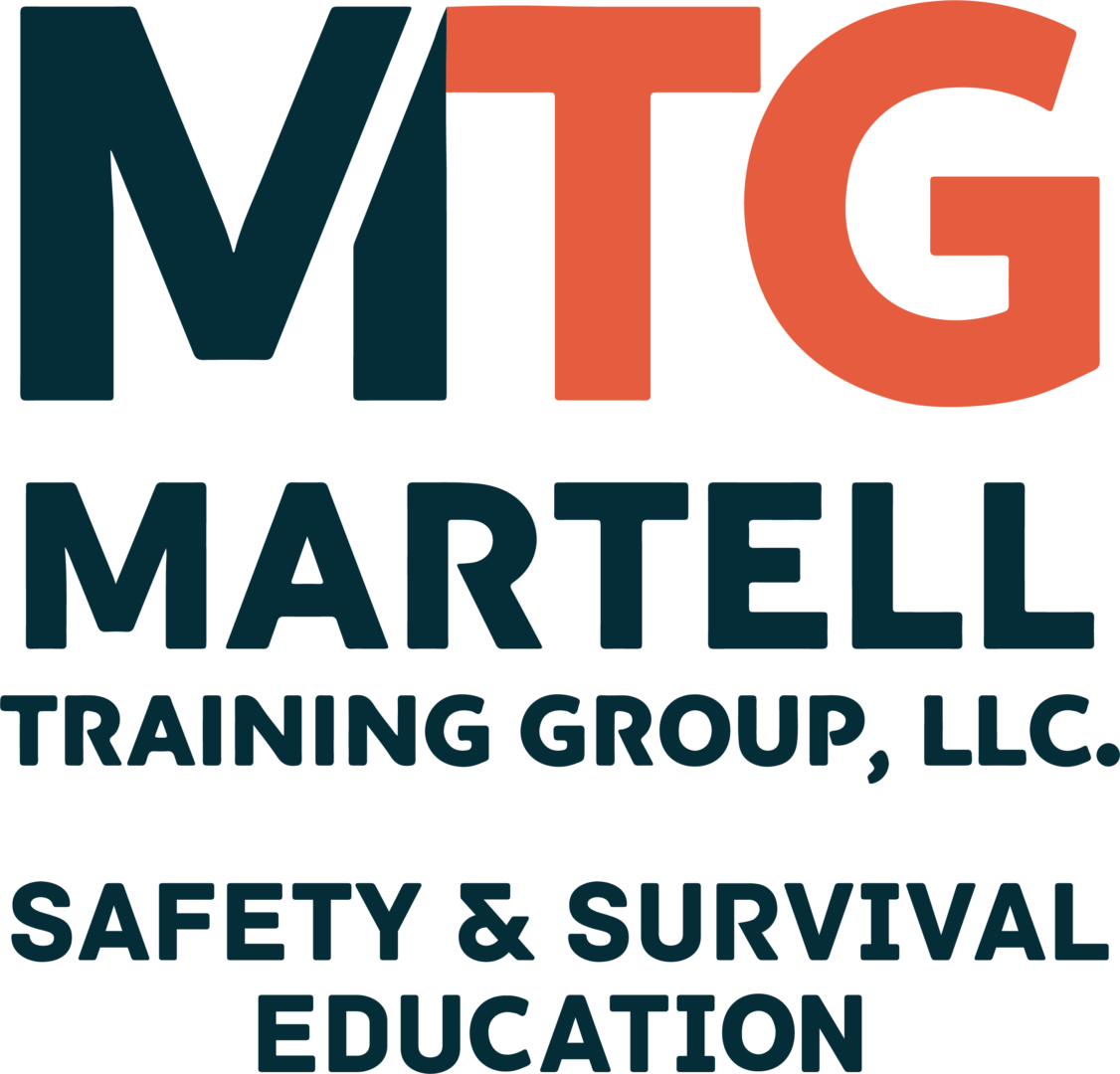Posts by SRM
5 Mistakes That Could Cost You Your Concealed Carry Permit in New Jersey

5 Mistakes That Could Cost You Your Concealed Carry Permit in New Jersey
And How to Avoid Becoming the Next Headline
By Stephen Mazzagatti, Retired NJ State Trooper
Author of Defend Confidently: Elevate Situational Awareness, Secure Your Personal Safety, and Master Concealed Carry
You finally received your concealed carry permit in New Jersey — but you’re still not safe. In fact, thousands of permit holders across the state are making critical mistakes that could cost them their permit, their gun, or worse — their freedom.
As a retired NJ State Trooper and firearms instructor, I’ve seen firsthand what happens when good people make bad decisions simply because they weren’t properly informed. Let’s break down the five most common mistakes I see every week, and how you can avoid becoming the next cautionary tale.
1. Ignoring “Sensitive Places” — A Legal Trap
Did you know that carrying in a municipal parking lot or your favorite diner could be illegal?
New Jersey law prohibits concealed carry in many public areas — including schools, municipal buildings, and any restaurant that serves alcohol (even if you’re not drinking).
One wrong turn into a government-owned lot or a quick stop to pick up your sick child from school can result in criminal charges if you’re not careful.
Tip: Always plan your routes and parking. If you accidentally enter a sensitive area, leave immediately. That “quick stop” isn’t worth your permit.
2. Poor Concealment and Printing
You may think printing doesn’t matter — but someone else noticing the outline of your firearm can lead to a 911 call.
Even though printing isn’t illegal, it draws unwanted attention and could lead to police involvement. Worse, it gives away your tactical advantage.
Solution: Dress appropriately. Use a high-quality holster and belt system that secures your firearm, protects the trigger, and remains truly concealed.
3. Mishandling Police Encounters
In New Jersey, if you’re carrying and get stopped by law enforcement, you must disclose and show your permit. That’s the law.
Debating legalities roadside, acting argumentative, or failing to properly communicate can lead to the suspension or revocation of your permit — on the spot.
Advice: Keep your hands visible, follow instructions, and calmly disclose your permit status. Save debates for court, not the curb.
4. Failure to Maintain Training
Shooting qualification every two years is a legal requirement — but that’s the bare minimum. Many permit holders never train again after qualifying.
In a real-world incident, you don’t rise to the occasion — you fall back to your level of training. And if you haven’t trained in two years? You’re likely not prepared to defend yourself responsibly.
Train smarter: Use dry fire drills, scenario-based training, and range time to stay sharp. Master weapon retention and situational judgment.
5. No Legal Defense Plan
Even if you do everything right, one self-defense incident can cost you over $100,000 in legal fees — and you may still get arrested.
New Jersey does not currently allow firearm liability insurance, but there are legal defense membership programs that provide attorney coverage.
Action Step: Join a legal defense program. Know your rights. And be ready to invoke your Fifth Amendment rights politely until you have an attorney present.
Carrying in New Jersey is a Privilege — and a Responsibility
What hurts most is seeing good, responsible people lose everything because they weren’t prepared for the legal, tactical, or situational challenges of concealed carry in New Jersey.
That’s why I created my book, Defend Confidently, and our full online course to help concealed carriers like you stay informed, prepared, and legal — every single day.
🎯 Ready to elevate your awareness and master concealed carry in NJ?
📘 Get the book: Defend Confidently on Amazon
🎓 Take the full course: Elevate Situational Awareness – Online Training
Stay safe. Stay trained. Stay legal.
— Stephen Mazzagatti
Mastering the Four-Part Draw: A Foundation for Safe and Effective Pistol Deployment
Drawing a pistol from the holster may seem simple, but doing it efficiently, safely, and under pressure
requires consistent training and discipline. Whether you’re a law enforcement officer or a responsible civilian
carrying concealed, mastering the four-part draw ensures your response is both swift and controlled.
Here’s a breakdown of the Four-Part Draw-trusted by professionals for decades:
1. Grip
Establish a master grip while the gun is still in the holster. This is where safety starts. Before any upward
movement, the shooter establishes a firm, high grip with the dominant hand. The trigger finger remains
indexed along the frame, and the support hand begins moving toward the center of the chest. The grip must
be final-not something you adjust later in the process.
Tip: A good grip now prevents fumbles later.
2. Clear
Lift the firearm straight up to clear the holster. Using your dominant hand, draw the firearm vertically until the
muzzle clears the holster mouth. The support hand stays clear and out of the muzzle’s path. At this stage,
retention issues are resolved, and the gun is ready to rotate toward the target.
Important: Keep the muzzle pointed downward until it’s clear of the holster.
3. Rotate (or Join)
Rotate the muzzle toward the target and bring the gun to centerline. As the firearm clears the holster, the
shooter rotates the muzzle forward and levels it toward the threat while simultaneously bringing it to the
body’s midline. The support hand joins at the high-compressed ready, forming a two-handed grip.
This position allows for close-contact shooting if necessary.
4. Extend
Push the gun forward into the final firing position. From the high-compressed ready, the shooter punches the
pistol forward toward the target, achieving full extension and sight alignment. The draw ends when the
shooter is on target, ready to fire if necessary.Mastering the Four-Part Draw: A Foundation for Safe and Effective Pistol Deployment
Final check: Sight picture, trigger discipline, and situational awareness.
Final Thoughts
The four-part draw should be practiced regularly through dry-fire drills, live-fire repetitions, and
scenario-based training. Remember, every draw is a potential use-of-force decision. Efficiency is important,
but safety and control are non-negotiable.
When under pressure, you won’t rise to the occasion-you’ll fall to your level of training. So train smart. Train
often.
To learn more about our comprehensive online course which dives deeper into this topic, please visit https://shopmtgsafety.com
For more in-depth strategies, check out Defend Confidently on Amazon: https://www.amazon.com/dp/B0DS2YL89W/
The Truth About Concealed Carry: Are You Really Ready?

Carrying a firearm for self-defense is a serious responsibility that requires proper training, mindset, and legal knowledge. Many new gun owners focus on marksmanship but overlook critical factors such as de-escalation, legal considerations, and tactical decision-making under stress.
Key Factors to Consider Before Carrying Concealed:
• Mindset & Training – Carrying a gun means committing to ongoing training, both mentally and physically.
• Legal Awareness – Understanding self-defense laws in your state can mean the difference between justified action and criminal charges.
• Tactical Readiness – Are you prepared to draw and use your firearm under extreme stress?
Concealed Carry Best Practices
• Choose a holster that provides good retention and quick access.
• Practice drawing your firearm from concealment regularly.
• Know the “force continuum” and understand when lethal force is justified.
If you want to ensure you’re fully prepared for the responsibility of concealed carry, check out our online courses at https://shopmtgsafety.com. We cover everything from firearm safety to legal considerations so you can carry with confidence.
For a deeper dive into concealed carry and self-defense, grab a copy of Defend Confidently on Amazon: https://www.amazon.com/dp/B0DS2YL89W/
Mastering Situational Awareness to Stay Safe in Public
In an instant, everything can change. Are you ready to see the small signs that could save your life?
Situational awareness is your first line of defense in everyday life. It’s the ability to recognize potential threats before they escalate, giving you the time to act proactively. Criminals often seek out victims who appear distracted, unaware, or otherwise vulnerable. Whether you’re walking through a parking lot, entering an unfamiliar building, or simply enjoying a night out, maintaining vigilance is key to personal safety.
The Four Pillars of Situational Awareness
- Awareness – Stay engaged with your surroundings. Make eye contact with those around you and avoid being glued to your phone.
- Intuition – Trust your instincts. If something feels off, it probably is.
- Mindset – Cultivate a confident demeanor that signals to potential attackers that you are not an easy target.
- Boundaries – Establish physical and emotional boundaries to avoid potentially dangerous encounters. Have a plan to react!
Practical Steps to Improve Awareness
- Conduct periodic environmental scans: Look around you at regular intervals to assess your surroundings.
- Identify exits: Whether in a restaurant, theater, or store, know how to get out quickly if needed.
- Practice the 360-degree rule: Always be aware of what’s happening behind you as well as in front.
Want to take your situational awareness skills to the next level? Enroll in one of our online courses at https://shopmtgsafety.com and learn how to recognize threats before they become a danger.
For more in-depth strategies, check out my book Defend Confidently on Amazon: https://www.amazon.com/dp/B0DS2YL89W/
Gov. Murphy/AG Platkin Targeting Lawful Gun Owners Again
Governor Murphy and his AG are targeting lawful gun owners yet again. This time, Gov. Murphy has created a link for NJ business owners to download their free “Gun Free Zone” decal to place in their business. Since Gov. Murphy could not get parts of his new “anti-carry” law passed the courts (case challenging law is still pending), he is asking for NJ businesses to do this part for him. While statistics show many shootings occur in “Gun Free Zones,” in addition to the fact that criminals are not deterred by signs, the NJ leader feels these decals will make customers “feel more secure,” by keeping lawful gun owners from carrying concealed while visiting their businesses. The governor wants to prevent the lawful, responsible gun owners who go through an extensive process in order to exercise their second amendment right in NJ, from carrying concealed while visiting NJ businesses. See our video on this topic here.
Win for Retired LEOs in NJ
Retired law enforcement, who reside in NJ, got a huge win on February 14, 2024, when the US Court of Appeals for the Third Circuit District of NJ AFFIRMED a prior order entered by the District Court on June 21, 2022. That prior order held that retired law enforcement officers who live in NJ and qualify under LEOSA (Law Enforcement Officers Safety Act), may carry under LEOSA and are not required to obtain the NJ RPO (Retired Police Officer Permit to Carry). In addition, qualified retired law enforcement officers can also carry hollow point ammunition. The State of NJ appealed this prior decision and on February 14, 2024, the initial ruling was AFFIRMED and will stand. See our video here.
NJ Governor Proposes Doubling Firearms Fees
Governor Phil Murphy is proposing to increase firearms fees yet again for law-abiding gun owners in NJ. He is proposing to double firearms purchaser ID fee, Permit to Purchase a Handgun fee, and Carry Permit fee. See our video here.


